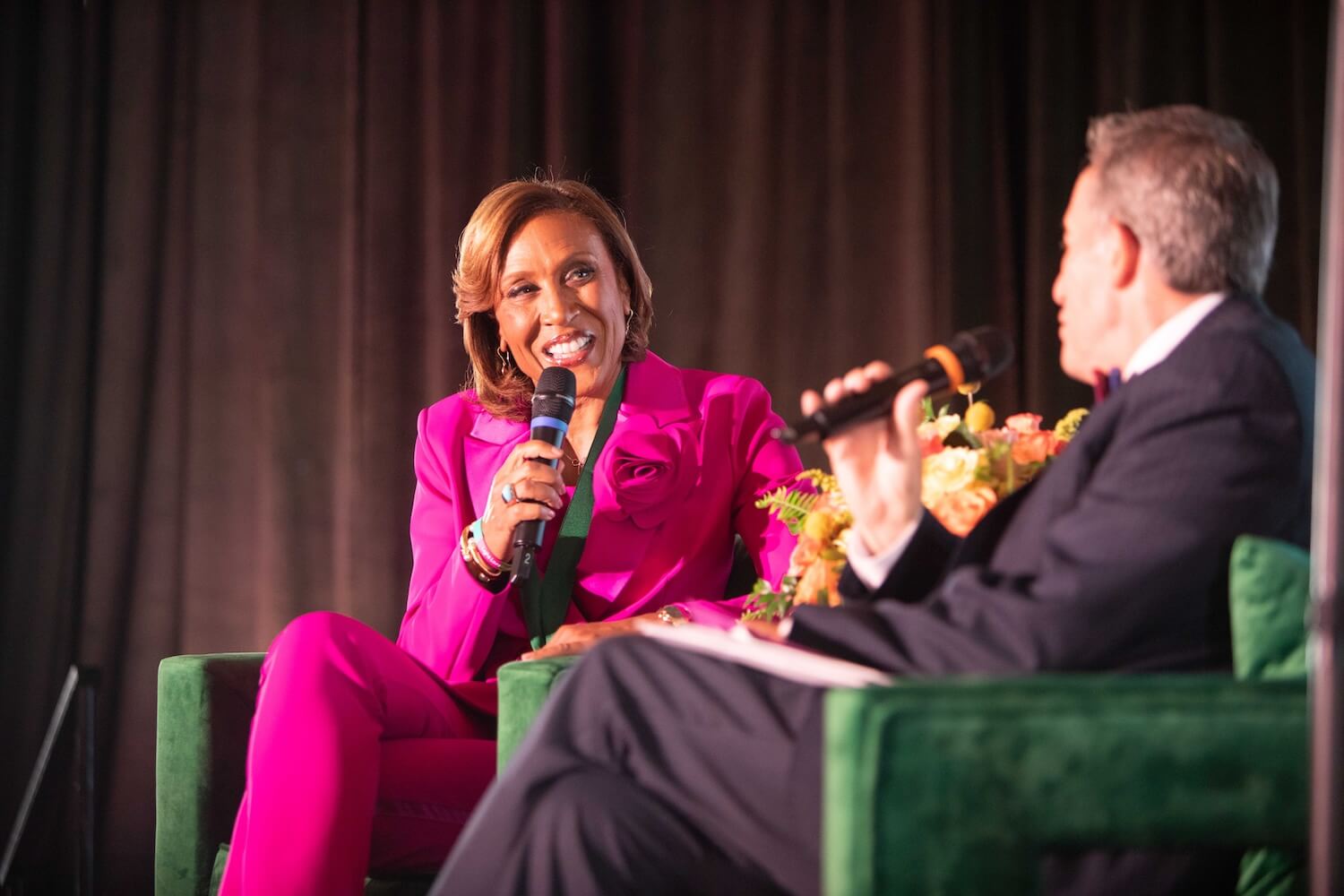Some controversial stories are like red capes, inciting journalists to charge toward them regardless of potential danger. I don’t know whether CBS News saw a flash of red in the documents about President George W. Bush’s National Guard service. But it now appears CBS charged ahead with confidence and conviction, but without the preparation that would have helped protect them from the attacks on journalistic integrity that have followed.
An ethical framework can slow the charge, helping reporters, editors, producers and news directors, better anticipate the weaknesses — as well as the value — in stories certain to draw press and public scrutiny.
Drawing upon Poynter’s Guiding Principles and 10 Questions developed by Bob Steele, here is a list of some steps journalists can take to help them pursue controversial stories in an ethical way.
Before you publish or air the story:
- Define clearly the journalistic purpose of the story. How will it advance what is already known, and unknown?
- Inform yourself as fully as possible about all the information that supports — and contradicts — the story’s premise.
- Include as many people in the process as possible, bringing a variety of perspectives and ideas to the discussion.
- Appoint someone to act as a “contrarian” in the process, a role Steele has recommended to address the strength of the coverage. Have that individual raise all the shortcomings, questions, and counter-arguments about the story that others might.
- Consider all the stakeholders. What effect will the story have on them? On others? What motivations might be involved? Are they legitimate?
- Understand the consequences of reporting the story on the news organization. Will it enhance the news organization’s credibility or diminish it?
- Be as transparent as possible in sharing the story. Be prepared to show how the story was pursued and what steps were taken to ensure its value and veracity.
- Think about different alternatives that can help make the story public but minimize the harm that might follow from it.
- Search out other voices with expertise in the subject who are not involved in the controversy. Use them as sounding boards.
- Make sure all your ethical concerns are discussed and addressed before publishing or airing the story.
After the story is public:
- If questions are being raised about your coverage, explain how the story was reported and produced.
- Be as transparent about the work that went into it, how the story was verified and checked, and what steps were taken.
- Describe the stakeholders in the story and their connections to what was reported and why it was reported the way it was.
- Identify sources and explain why some sources are not being identified. Tell the public as much as possible about their backgrounds and why you used them.
- Respond as quickly as possible to news media inquiries about the questions raised by the coverage.
- Focus on the questions, not on who is raising them.
- Be honest, be open, and be prepared to explain the story’s journalistic value and your pursuit of it. Be ready to reveal as quickly as possible how things unfolded.





